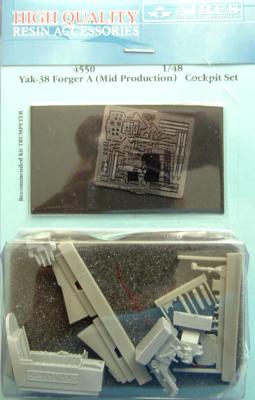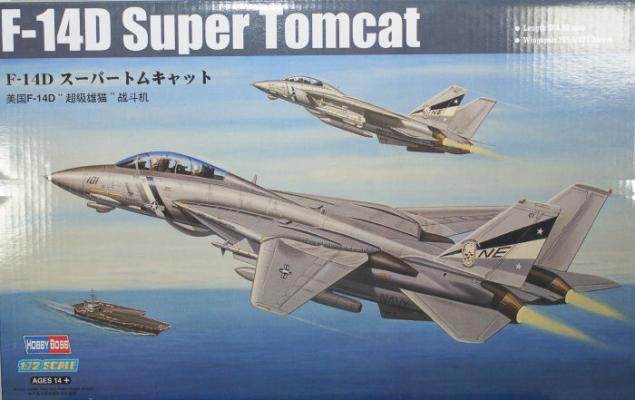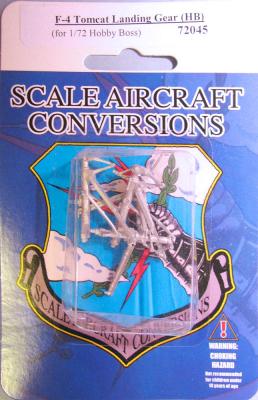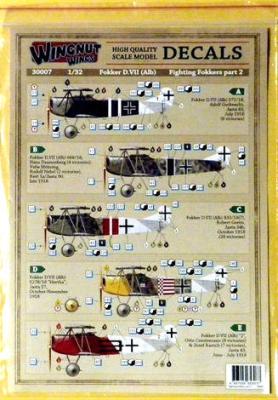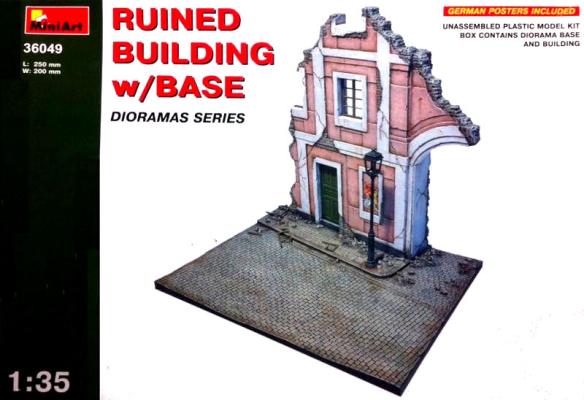The Yak-38 Forger was considered by many to be the Soviet Harrier. Like in the West, Soviet aircraft design bureaus were fascinated by the potential of VSTOL aircraft and undertook their own developmental efforts. The Forger was borne out of a requirement for a VSTOL fighter for the Soviet Navy to take to sea on the Kiev Class ships. The Kiev Class was technically not an aircraft carrier, but instead described as a heavy anti-submarine cruiser and, later, a tactical aircraft-carrying cruiser. The Forger was used both for air defense and in a short-range anti-ship role. Unlike the Harrier, the Forger did not survive the Cold War. The plane was functionally obsolescent and work was well underway on its replacement, the Yak-141 Freestyle, when the collapse of the Soviet Union heralded the retirement of the Kiev Class and the need for a VSTOL fighter.
Welcome to the IPMS/USA Reviews site!
Introduction: The primary organization of the IPMS/USA Review website is by IPMS/USA National Contest Class. Within each Class there are sub-menus by kits, decals, books, etc. The Miscellaneous Class is for items that are not class specific or that cross two or more classes.
IPMS/USA Members: We encourage you to submit reviews, both here and to the Journal. To volunteer for membership in the IPMS/USA "Reviewers Corps" and submit your own reviews, please read the Guidelines For Submitting Product Reviews.
Manufacturers, publishers, and other industry members: IPMS/USA is pleased to offer your company the opportunity for product reviews. All product reviews are performed by IPMS/USA members, and are posted in the publicly-accessible section of our website. With very few exceptions, we perform full build reviews of new kit releases, aftermarket products, and supplies. If you would care to provide product samples for review, please contact John Noack, IPMS/USA 1st VP.
To learn more about IPMS/USA, please see our About Us page.
One of the newest additions to the fleet of available 1/72 scale F-14D Tomcats is the offering by HobbyBoss. The kit is comprised of one hundred and six individual parts, and they assemble to make a fair representation of this iconic aircraft that was retired from service in 2006. This kit provides the markings for three different aircraft, representing Fighter Squadron 2 serving aboard the USS Constellation (in both low and high visibility) and Fighter Squadron 31 aboard the USS Theodore Roosevelt. Assembly was for the most part easy, making this a kit that I would recommend for anyone who wants to add a mighty Tomcat to his fleet of aircraft.
If most of this review feels like dèjà vu all over again, well, it is, sort of. When my HobbyBoss F-14D kit arrived for me to review, included was a set of the SAC landing gear. This is the same product number that I reviewed against the HobbyBoss F-14A, and as the landing gear did not change from the A to the A+, B, and later D models, the set is appropriate for all. I have added comments for actual installation, but otherwise, much is unchanged.
This is the second decal set released by Wingnut Wings with alternate markings for their new 1/32 Fokker D.VII kits. As noted in my review of Fighting Fokkers part 1, Fokker D.VII fighters were built by three manufacturers: Fokker, Albatros, and OAW, and this set (#30007) provides the unique markings for five of the Fokker D.VII fighters that were built by the Albatros…plus two bonus D.VIIs (as described below).
The Parts
Upon opening the box, the modeler will find two frets of detail parts, six vacuformed parts which assemble into the ruined building, and one part, the base, representing the street, sidewalk, and a small pile of rubble that fell from the building in the process of becoming…ruined.
The detail parts are injection molded. Included in the detail parts are parts for:
- A short length of wrought-iron fence (not shown on the box art)
- A street lamp (visible on the box art)
- A main door and framing parts for the door frame (visible on the box art)
- Set of window frames, window shutters, and framing materials for the windows
MiniArt usually includes detail parts that are generic in nature and can be added to other structures, or added to the simulated pile of debris on the base.











